Most people don't experience pain directly related to their food. Yet when I was at my worst, every meal I ate caused me some level of pain either immediately or within an hour or two of finishing. In kind, I started to eat more slowly and eat less variety, even cutting down to no longer consuming dishes but merely ingredients.
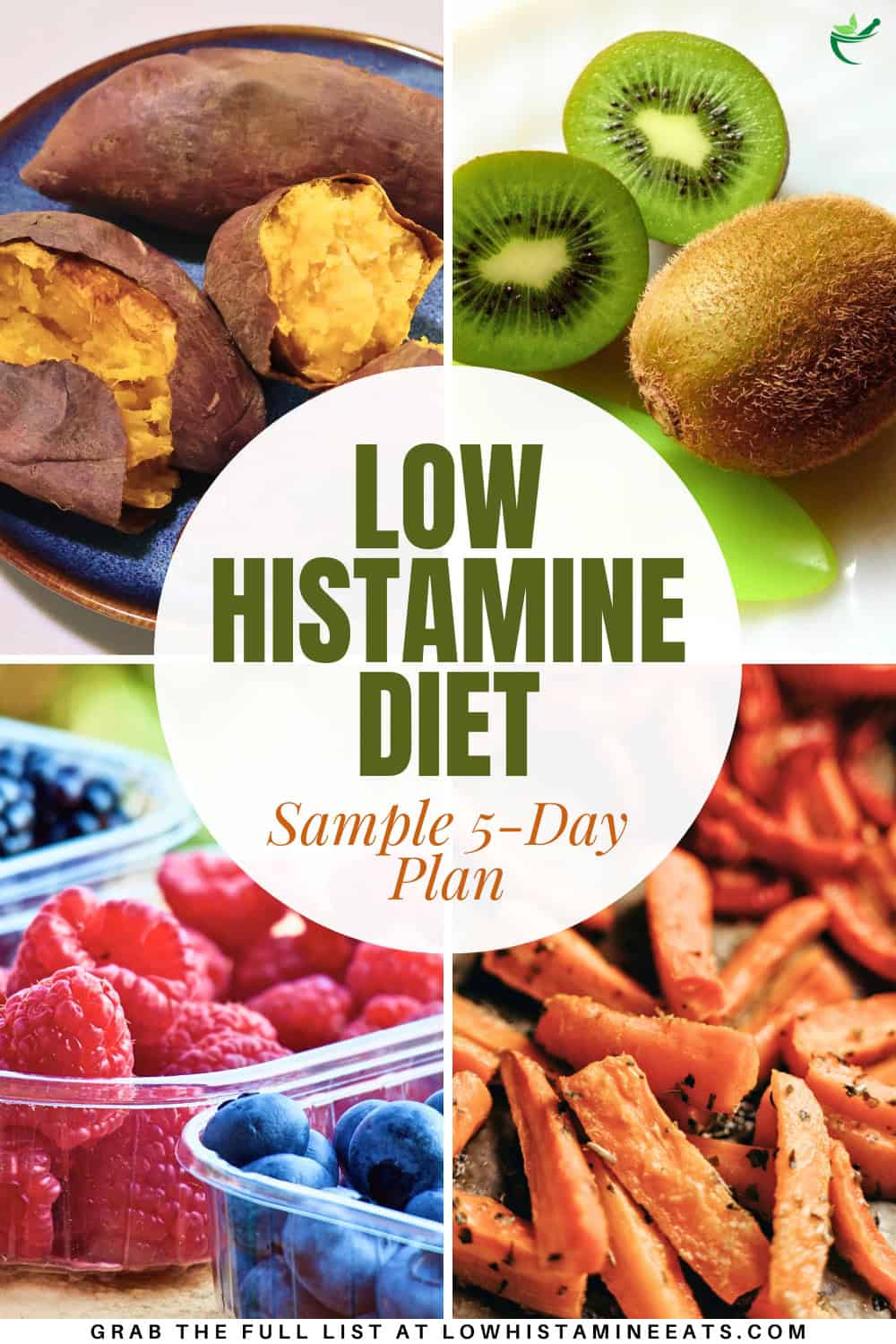
One day in early May, a friend introduced me to the relatively unknown mast cell activation disorder, and that very night I deep-dove into her diet, going cold turkey on most everything I enjoyed within three days of realizing I probably have histamine intolerance.
Before we begin, I want to make sure you're armed with more resources than I was. It's important to understand the basics of low histamine diet plans and why they seem so specific and restrictive. Any good elimination diet meal plan will outline the foods you can and should have (see below), but it will also explain why to avoid the things that didn't make the cut (even if other low histamine recipes allow them).
Ideally, it will also emphasize antihistamine foods, as this plan does. In this case, all the foods off this list are either directly inflammatory or may stop your body from naturally calming inflammation.
Because that brain fog and acid reflux and hives and anxiety and stomach cramps? The allergy symptoms way outside of allergy season? Most of them may be caused by a histamine sensitivity often referred to as histamine intolerance, which you can start to treat by changing your diet.
Medical Disclaimer: as with everything on this site, this article is provided for information only. I strongly urge you to speak with your doctor or a licensed medical professional in order to assess whether or not you have histamine issues and/or issues with lectin, oxalates, salicylates, etc.
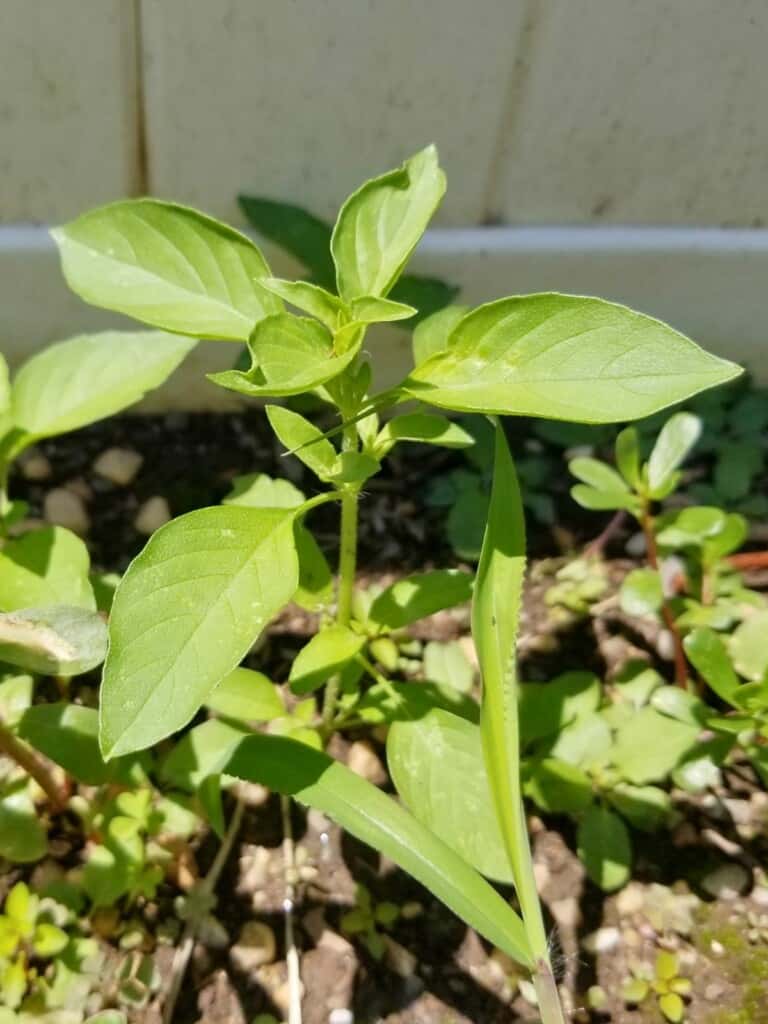
Jump to:
📝 Getting Started With A Low Histamine Diet
Overactive histamines are behind many people's mysterious and severe allergic reactions to seemingly innocuous foods (and even innocuous places), despite having no recorded allergy. But histamines are in everything, even the environment and especially your food.
However even beyond histamines, this sample mastocytosis diet is low fodmap and initially limits all foods which fall under relatively more common sensitivities like sulfites. This is because any such sensitivity has the likelihood of causing similar inflammatory reactions and symptoms.
To prepare for this antihistamine diet, I highly recommend preparing and freezing most of your meals ahead of time. While you could approach this diet slowly, taking out most of the worst offenders (like fermented foods & alcohol, and anything that's a histamine liberator) day by day, lots of people have issues with even the additives and flavorings in certain foods.
So if that's actually your main issue, a true low histamine diet would help you, but easing into the diet would offer little to no relief at all since there are additives in most things. Honestly, the list of foods you should take out would be way longer than the list below, and it would probably just make you as sad as it initially made me.
But just start off by eating two meals a day. Lessening the load on your gastric system is one of the keys to giving your body time to heal itself of the inflammation.
Especially if one of your problems is low stomach acid due to nutritional malabsorption, you'll need to either chew a lot more or eat softer, mostly broken-down foods. My approach could be described as conservative, but I've been through too much agony over the last few years to not take careful action (if I'm gonna take action at all).
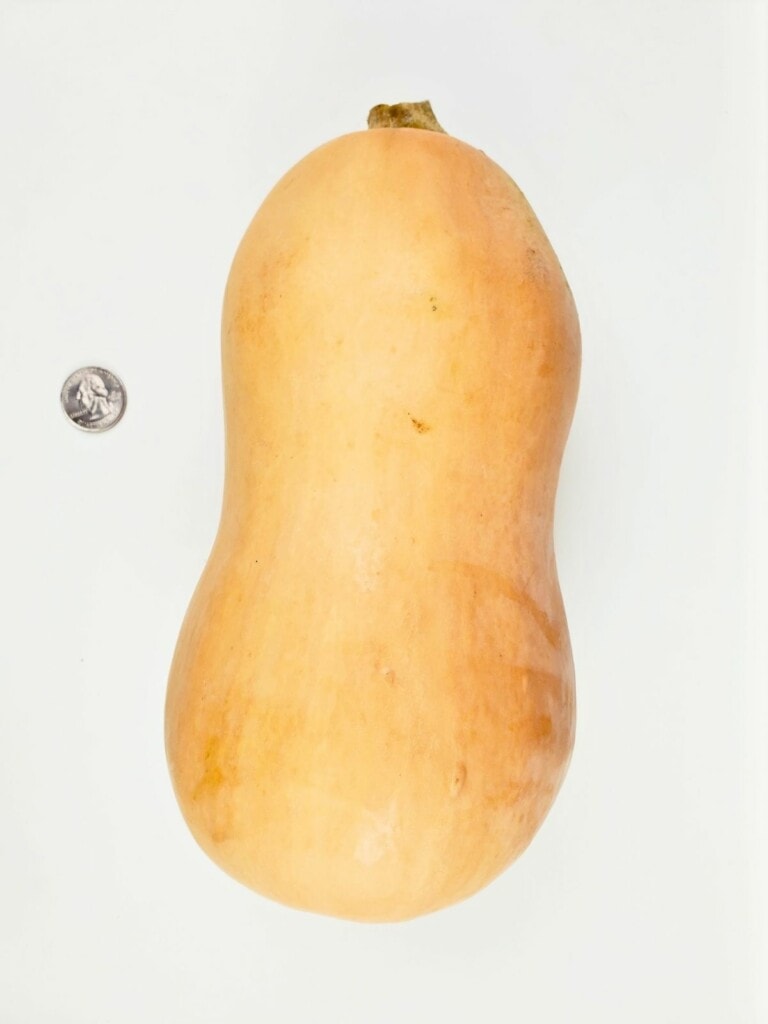
How I Came Up With The Safe Foods List
When I was first diving into research, most of the low histamine food lists I found had little overlap with each other, but I took what overlap I could find and wrote it out. Then I looked at a few other diet protocols— like FODMAP and AIP (Fermentable Oligosaccharides, Disaccharides, Monosaccharides, And Polyols and AutoImmune Protocol, respectively)— and I took out any no-no foods from those diets.
This was in case I was totally wrong with my self-diagnosis. Now with what I know, I've realized that generally these foods are off-diet because of a systemic reaction to one or more nutritional components in that food group, like nightshades, cruciferous vegetables, or dairy.
Most of the low histamine diet recipes out there will have one or more of these types of ingredients because they're packed with flavor and make great additions to dishes. But as I said, it's not important right now to understand the exact compound in any of these foods that you might react to.
Just suffice it to say that I've carefully kept all possibly reactive foods off this 5 day low histamine diet plan. If after 5 days you don't feel any better at all, you may still have a histamine issue, and I highly recommend sticking to the plan for another 5 days unless you for some reason feel worse on it.
If you have a will of steel and/or make it to the end of five days and just want to continue, try reintroducing the approved low histamine foods (see below) one day at a time, prepared using the existing approved ingredients.
To stretch this to ten days, on Days 6-10, simply repeat the same ingredients from Days 1-5, but adding in pasture-raised whole eggs and the italicized fruits & veggies from above on "Day 6".
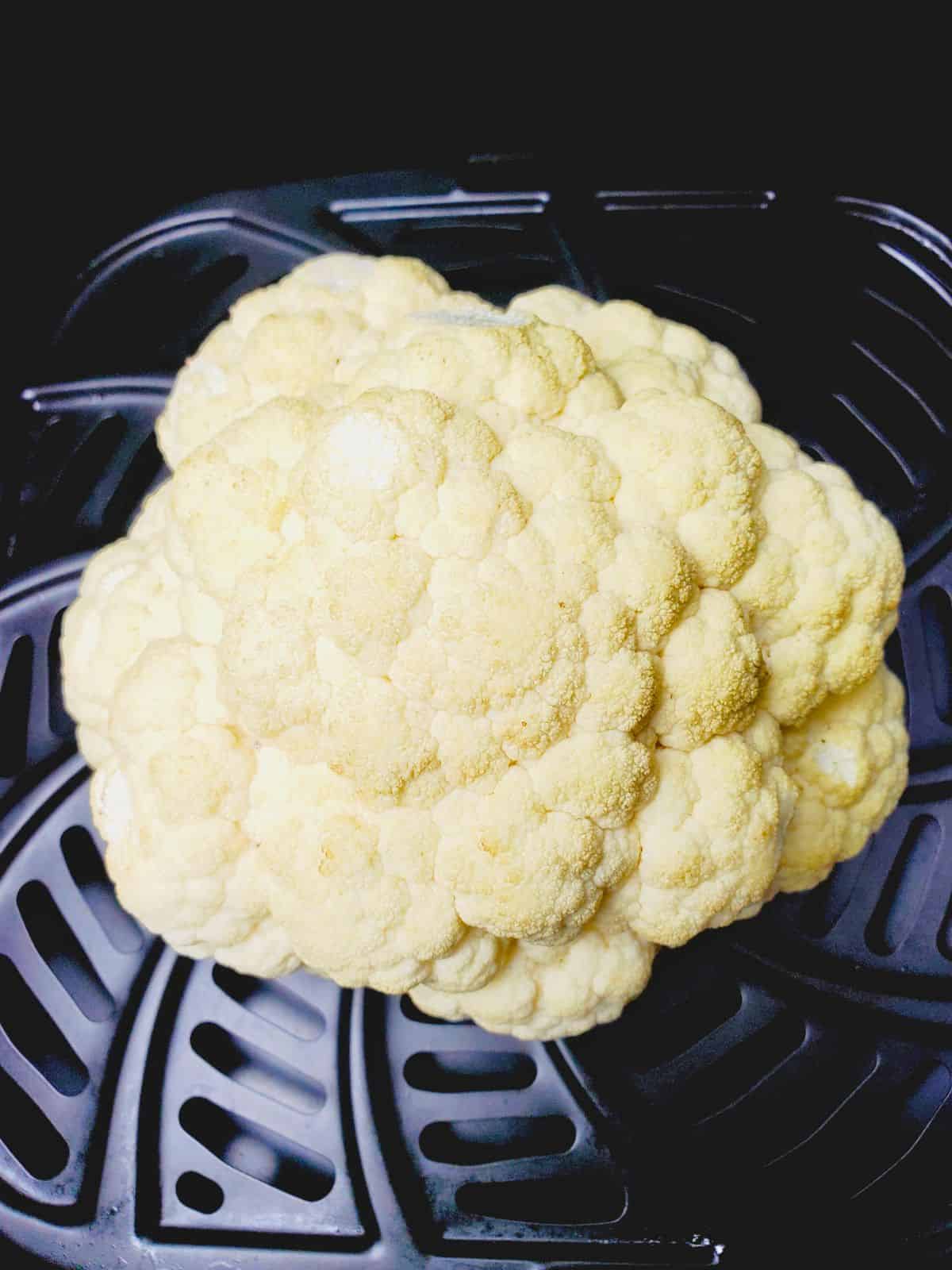
✅ Low Histamine Diet Safe Foods List
- Organic Flat Kale
- Organic Arugula
- Organic Carrots
- Organic Butternut Squash
- Organic Sweet Potatoes
- Organic Radish
- Organic Beets
- Organic Turnips
- *Organic Broccoli
- *Organic Brussels Sprouts
- *Organic Cauliflower
- *Organic Cabbage
- *Organic Garlic
- *Organic Onions
- Organic Blueberries
- *Organic Raspberries
- Organic Kiwis
- Organic Coconut Milk
- Organic Coconut Oil and Olive Oil
- Organic Chia and Flax Seeds
- Organic, Free-Range Chicken Breast
- Organic, Free-Range Pork (NOT bacon)
- Organic Chamomile Tea
- Sea Salt
- Fresh Organic Herbs: Ginger, Sage, Rosemary, Thyme, Basil, Lemongrass, Oregano, Turmeric, Bay Leaves, Saffron (note that basil can cause stomach upset in very rare cases, with emphasis upon very rare)
*should be avoided for first 3 days of low histamine diet plan, and after that may be used to replace any other meal, when prepared using the above ingredients
Note: Some people also have issues with lectins, salicylates, and/or lectins, among other plant chemicals. If you find you're still having issues after 5 days following this plan, but have seen some improvement, consider talking to your doctor about a co-sensitivity.

What to Meal Prep (Buy Ahead)
You probably have a lot of these ingredients already at home, but make sure that all of those versions are both fresh and organic (though pure dried versions of the herbs & spices are usually fine). You'll note that these meals are very repetitive, which is on purpose— the easiest way to approach low histamine meals is to prep your food ahead of time and forget about it, at least for a little while (i.e. until you feel better).
If you tend to have a hungry tummy, make one extra serving of each dish to put in a separate container to prevent temptation to stray off-diet. For these few days, if you're still hungry after a meal, add another couple ounces of meat per meal or another two tablespoons of oil or coconut cream. Upping your protein in each meal will help you feel fuller longer and pace how quickly the calories hit your system.
You can also have a cup of ginger tea or chamomile tea any time, except for the last couple of hours before bed (this is in an effort to lower the volume of stuff in your stomach before you lay down to bed). You'll be able to explore more creative low histamine recipes after your first couple weeks.
- 3 medium sweet potatoes
- 2-14oz. cans coconut milk or coconut cream
- coconut oil
- olive oil
- sea salt
- 28oz/1.75lbs. chicken breast
- 4oz basil (pureed with olive oil to make a plain sauce)
- 2"/2 teaspoons chopped fresh ginger
- 2 teaspoons chopped fresh or flash-frozen lemongrass
- 1 lb. organic carrots
- 1 bunch of flat-leaf kale
- 1 large butternut squash
- 6-8oz/0.5lbs. pork loin or tenderloin
- 2 pints blueberries
- 1 pint raspberries
- 1-4 kiwis
- fresh oregano, rosemary, thyme, and sage leaves
- optional: chia seeds
Note: Make sure you get enough calories, even for the short period you follow this diet. Scale this recipe to your usual appetite, and add in more olive oil or coconut oil to your next meal, if you find yourself still hungry.
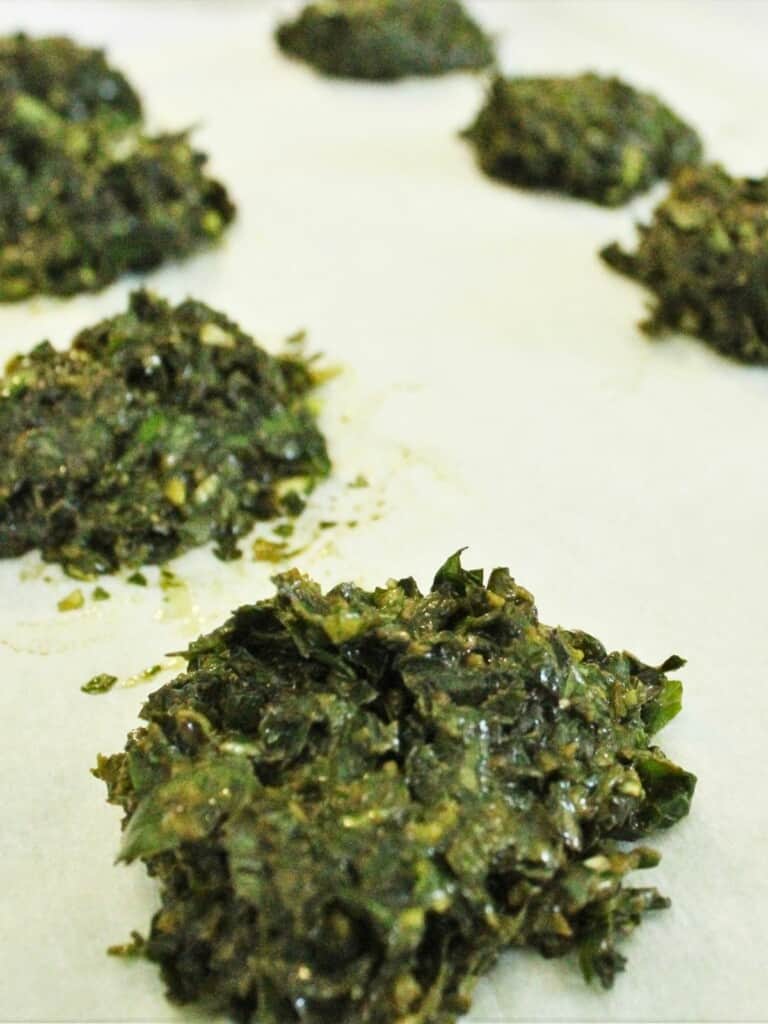
Low Histamine Diet Day 1
Breakfast/Lunch: smashed sweet potato and basil chicken.
Drink two huge glasses of water as soon as you wake up, then begin making breakfast: one medium sweet potato, sliced & drizzled with 1 tablespoon coconut oil and a sprinkle of sea salt, then roasted 425°F/220°C for 40-50 minutes. If you're feeling fancy, smash the freshly-roasted potato with a fork and top it with some coconut cream & chia seeds until it's more smooth.
For the basil chicken, bake 110g/4oz chicken breast rubbed with 1 Tablespoon olive oil at 350°F/175°C for 20 minutes. Top with 2 tablespoons of basil sauce (just basil + olive oil) and bake for 5-10 minutes, until internal temperature reaches 165°F. Salt to taste.
Snack/Dessert: ½ cup fresh blueberries with 2 tablespoons coconut cream or coconut milk.
Dinner: Charred chopped kale (optional ginger) with a dollop of coconut milk on top, and 4oz lemongrass chicken breast. To char the kale, simply wash, dry, and de-spine two leaves of kale with a knife. Warm the torn leaves on a nonstick pan over medium heat for about two minutes, until totally dry and wilted.
Add 1 teaspoon of olive oil and ⅛ teaspoon of fresh ginger or a dash of ginger powder. Cook for 5-7 more minutes, stirring more frequently as it cooks, and salt to taste & serve. Lemongrass chicken is a slight flavor upgrade to plain chicken.
Cut your chicken into small pieces, no larger than an inch, and heat it in 2 Tablespoons of olive oil over medium heat. Once the oil starts sizzling, turn heat down to medium-low and add ½ teaspoon of fresh ground ginger, ½ teaspoon of turmeric, and 1 Tablespoon of chopped lemongrass (just the roots).
Cook for 5-7 more minutes, stirring occasionally, until largest piece shows no pink in the middle and some pieces begin to brown. Add a dollop of coconut cream, and then salt & pepper to taste.
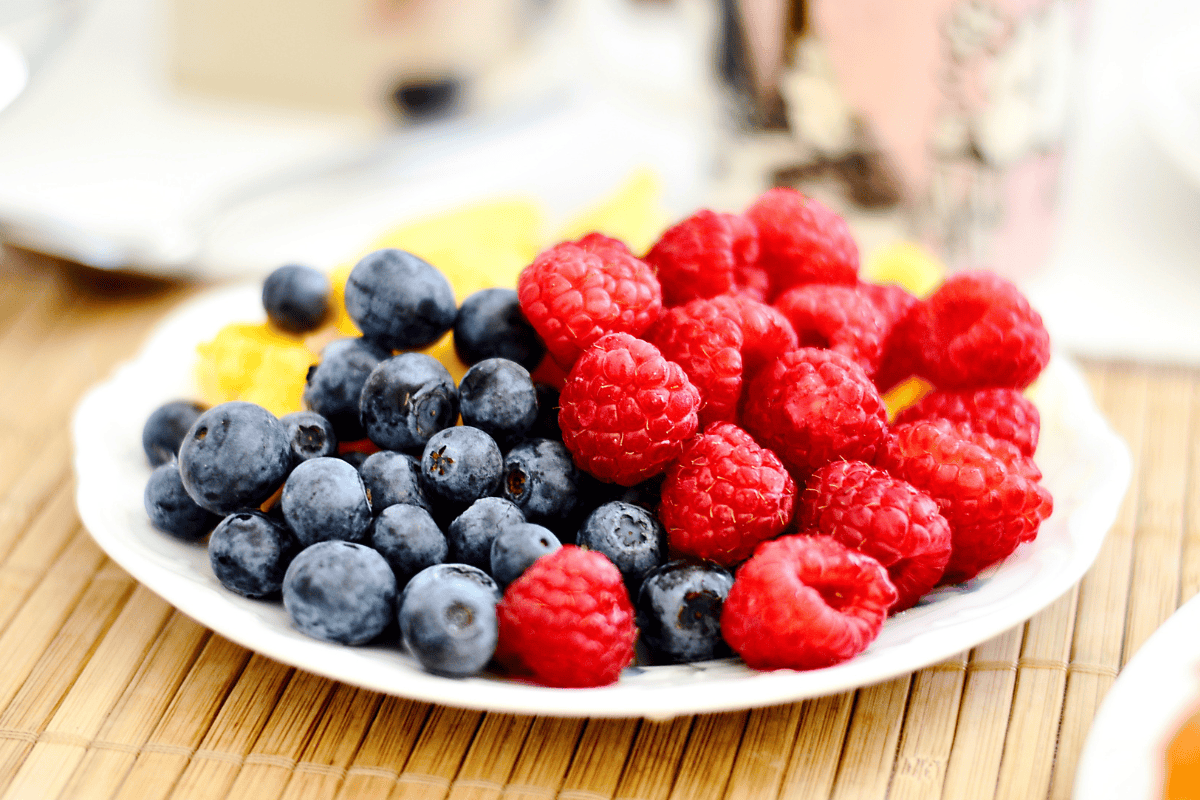
Low Histamine Diet Day 2
Breakfast/Lunch: rosemary roasted carrots with 2oz of chopped chicken salad.
Drink two huge glasses of water as soon as you wake up, then begin making breakfast. Peel one large or two small carrots, then chop them into small pieces. Toss the carrots onto a nonstick pan over lop heat and let them slowly cook for five minutes, stirring occasionally. Add 1 Tablespoon of olive oil and ½ teaspoon chopped dried rosemary or ¼ teaspoon chopped fresh rosemary.
For the chicken, take a 2-3oz piece and cut it into smaller pieces. Cook those smaller pieces in 1 Tablespoon of olive oil for a few minutes, until no piece shows visible pink. Let it cool for a couple minutes, then take that chicken and chop it into thin pieces and add it back to the pan.
Pour in another Tablespoon of olive oil along with ¼ teaspoon each of fresh sage, rosemary and oregano plus ⅛ teaspoon fresh thyme, and turn the heat up to medium high to warm the herbs and brown the chopped chicken. Serve chicken alongside the rosemary carrots, and salt to taste.
Snack/Dessert: 1-2 fresh kiwi fruits.
Dinner: 4-6oz. roasted butternut squash and 3-4oz roasted pork cooked with olive oil and sea salt (ginger optional, but recommended). Peel your squash and cut it into medium-sized cubes. Take your pork loin or tenderloin and cut it into pieces slightly larger than the squash.
Toss everything in 2 Tablespoons of olive oil and ⅛ teaspoon of salt (this is also when to add ½ teaspoon of fresh ginger or a ¾ teaspoon of ginger powder, if using).
Bake the squash and pork together on a baking sheet at 400°F/205°C for 25-30 minutes, flipping the pieces after 15 minutes to prevent burning. Once the pork is done (generally no longer pink in the middle), the dish is done. Eat or freeze almost immediately.
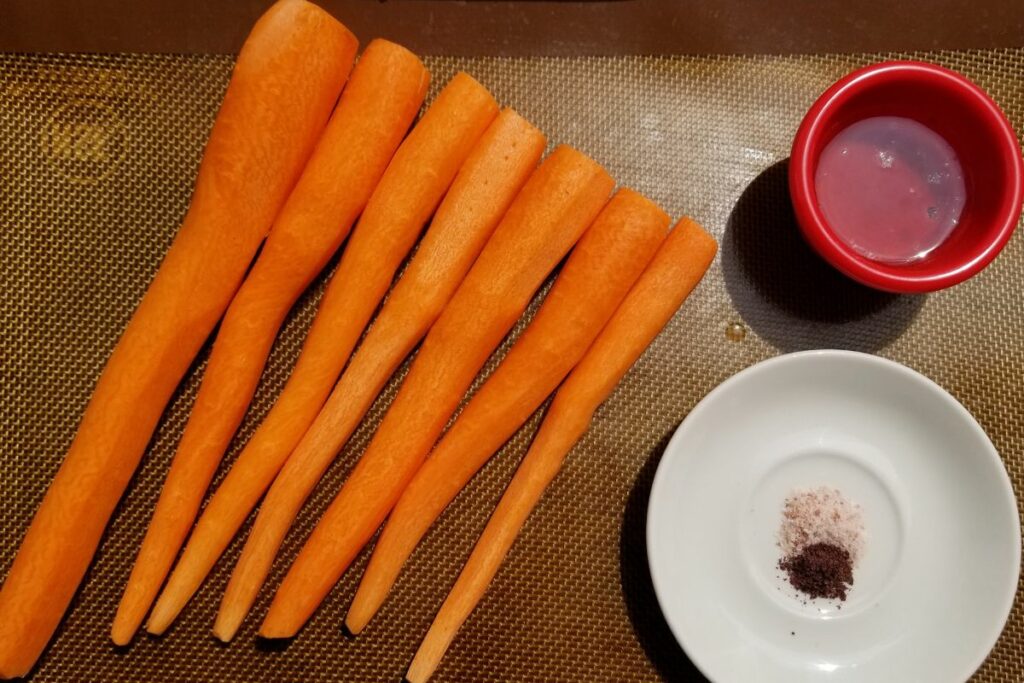
Low Histamine Diet Day 3
Same as Day 1.
Low Histamine Diet Day 4
Same as Day 2. This is where you can start adding in some of the sulfurous (but incredibly healthy) or otherwise potentially-triggering foods italicized above. If you feel at all more triggered by adding in any of the foods, go back to the pre-approved dishes above and only add in one new ingredient each day. This whole diet is to get an idea of what may be causing all your symptoms.
Low Histamine Diet Day 5
You can choose to make extras of either low histamine breakfast and/or dinner combo you want; same goes for dessert. I recommend just doing Day 1 over again here, but it's up to you, as each and every one of these foods should have no reaction if you have histamine intolerance, and it should start to ease your symptoms pretty immediately.
If you're feeling great and haven't reacted to anything so far, you may be getting restless. For those feeling ready to dive into some more creative (very) low histamine recipes, you can check out my Level 0 Histamine Recipes.
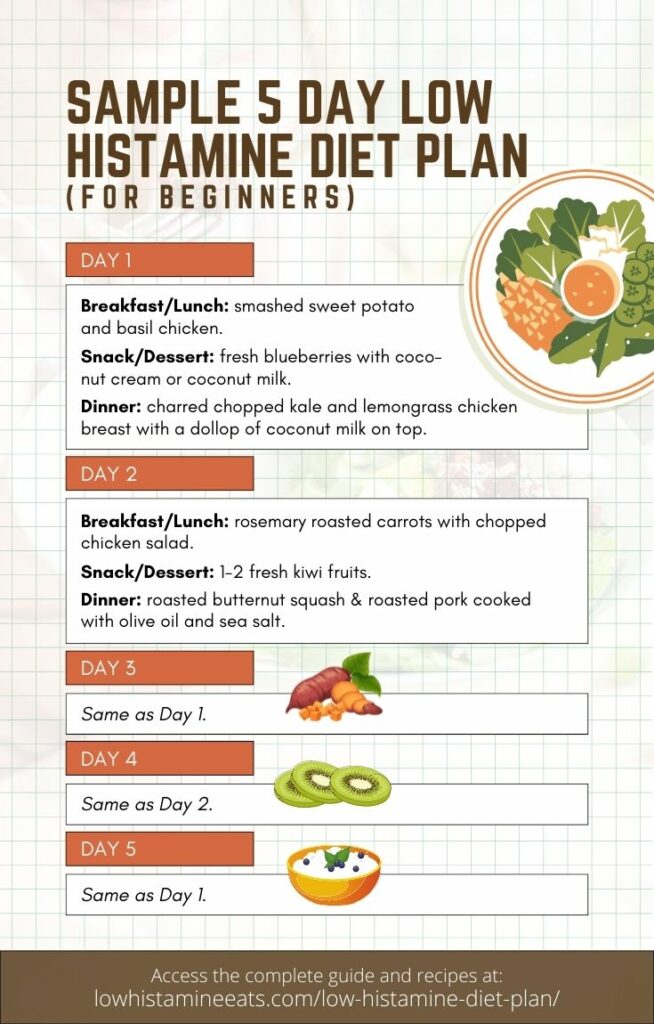
💡 Tips For Sticking to the Low Histamine Diet
This mast cell diet is an incredibly healthy one to follow as a general rule (in the short term only), but I understand that it's not always the easiest. Just take it one low histamine meal at a time. I've compiled more tips in this post, but if you're already feeling overwhelmed, the ones below will get you started.
Just make sure you set yourself up for success by making your home amenable to this change, otherwise you may find it harder than necessary to make it through five days! And take it from me— any off-diet food can bring about a reaction. If you really want to follow a diet to see if you have histamine intolerance, then you need to limit your intake of all high histamine foods. Here are my tips:
- Have remedies (natural antihistamines and anti-inflammatory foods) on hand in case of a reaction. It's okay to still be having a bad reaction and a bad day; that doesn't mean the diet isn't working. It's okay to still need an antihistamine on Day 3, as your body won't recover from the inflammation overnight.
- Keep all your high histamine food as out of sight as possible, and keep the low histamine foods in your fridge & freezer as close to eye level as possible. Somewhere on the outside of your fridge and pantry, right at eye level, keep a notecard with the list of meals you're going to be eating that day. Distract yourself from thinking about food during this time, and do as much meal prep as you can ahead of time. Try keeping a diary of any ongoing HIT symptoms throughout the diet, for later adjustments.
- I totally get that food is life: keep ALL food on one shelf in the freezer and then one shelf in the fridge so that you're not even tempted to look elsewhere for something. See the low histamine meal ideas above for a shopping list.
- Remember the importance of freezing any prepared foods and keeping veggies as fresh as possible when you're buying the food from the list above. And please please please buy organic, as the histamine level is generally lower!!
- This one is kind of out there, but if you find that you have some blockage, supplemental fiber may be your friend. I highly recommend using 1 teaspoon of psyllium husk in 8oz. of water if you start to experience any tummy upset. 2 teaspoons of flax meal in 8oz. of water could serve the same purpose, but if it seems to make your stomach upset worse, stop immediately.
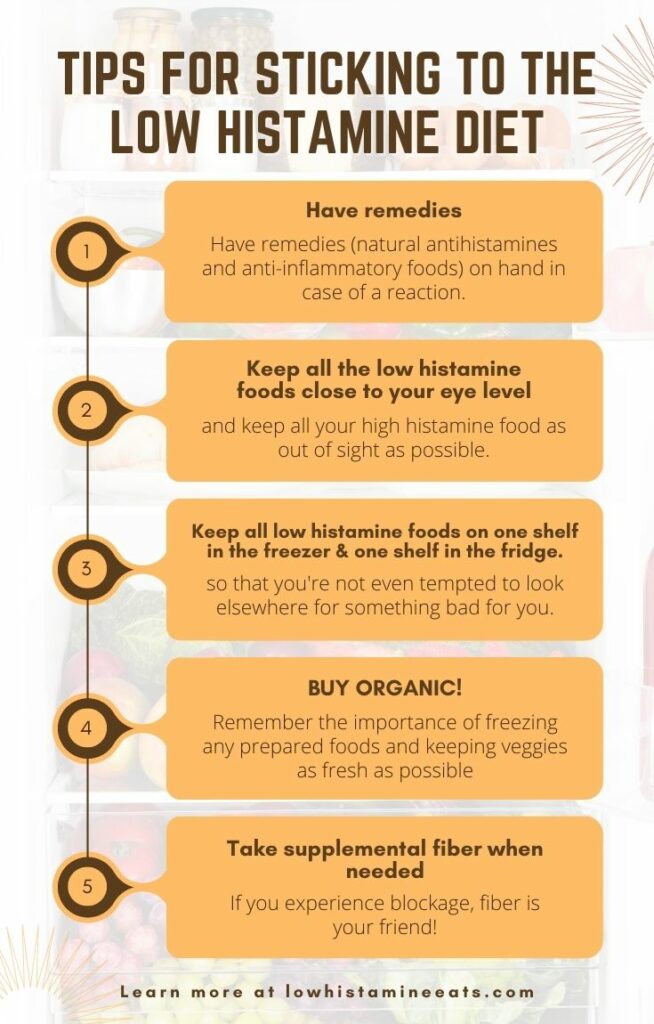
If this low histamine diet plan helped you sort out your own approach to histamine intolerance, please let me know in the comments!
Save this post for later!

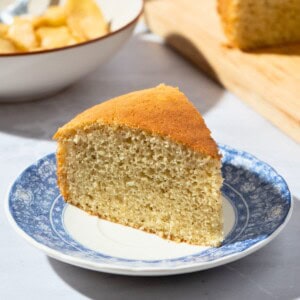











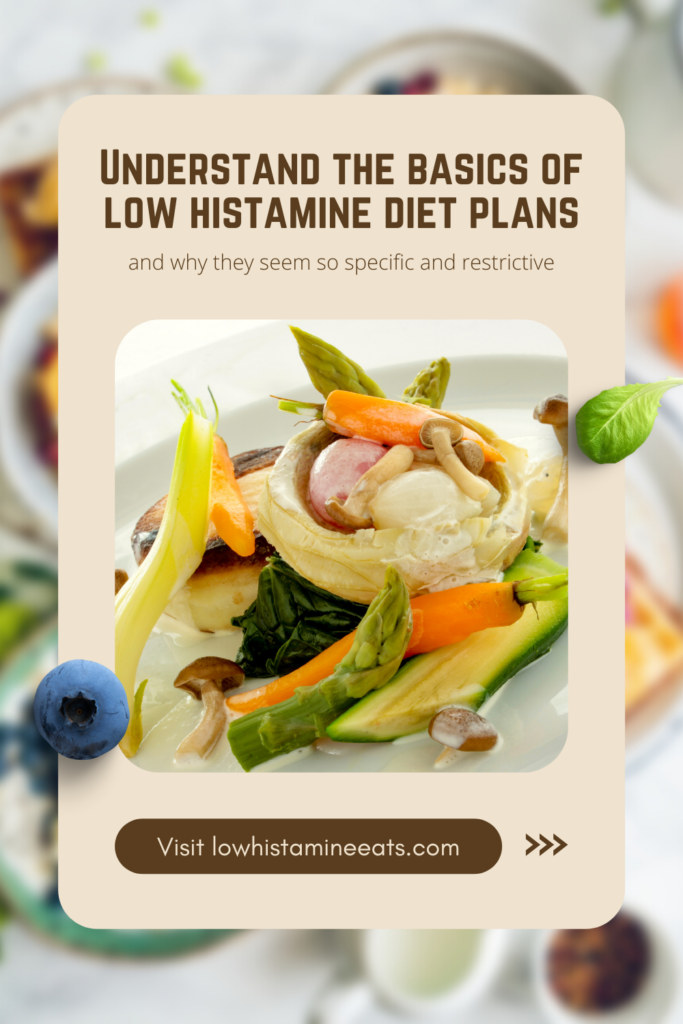


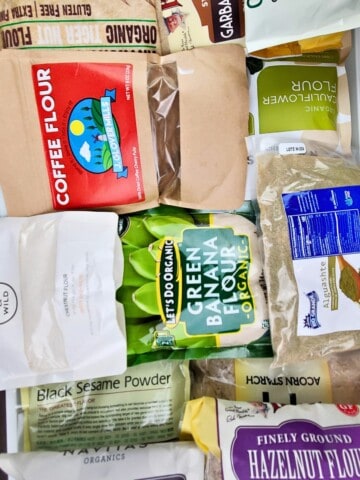

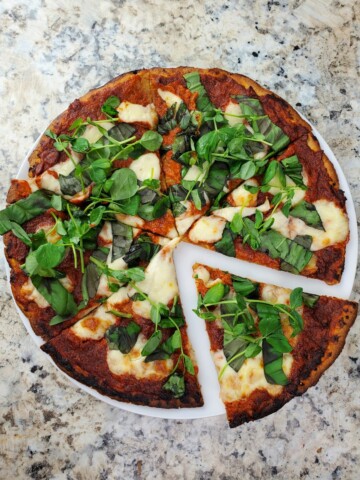
Andrea says
I'm very appreciative of your content but a bit confused about the inclusion of raspberries and kiwis on this safe food list. They're both listed as level 2 (incompatible, significant symptoms at usual intake) on the SIGHI Histamine Intolerance Food Compatibility List, which I keep hearing is a really authoritative source. May I ask why you have it listed as safe?
Max says
I understand your confusion - that's the crux for a lot of people, myself included, initially - the many food lists out there are often conflicting. This is largely because of the concept of 'histamine liberators,' a term which is used to write off a lot of foods which are not actually directly high in histamine, but which are believed to cause an internal release of histamine. Although this idea of histamine liberators proliferated in chemical-isolating studies done in the 1950's and '60's, no recent studies have been done to try to replicate these results, which has led to more or less a game of whack-a-mole to determine which foods bother people, since scientists agree on the high histamine content of very few foods.
Some of these foods are labelled as 'histamine liberators' due to the presence of other biogenic amines, which are cleared from the body through the same means as histamine, and others contain small amounts of substances which may block DAO function and therefore maintain any existing histamine levels. But unless there's evidence that a food falls into either of those reasonings or there are tests that prove a high level of histamine, for each food I've taken the time to dig into the research and understand its actual histamine level and its potential as an antihistamine, meaning it contains plant chemicals that can help to stabilize mast cells, like the vitamin C in kiwi (written off as containing biogenic amines) or the antioxidant phytochemicals in raspberries (written off as high histamine, with no evidence I've ever been able to find).
Sorry that was so long, but essentially, people don't agree on the histamine content of various foods because of a concept with frustratingly little scientific foundation - it's actually the topic of my thesis proposal, if I decide to do a thesis instead of internship. It's always important to work with your doctor to find the root cause of your histamine intolerance, and in the meantime, eat foods high in antioxidants and low in histamine (as much as you're able to know).
Robin Bray says
Hi Max, I want to thank you so much for being here for this community. Your site is a light in the darkness for me right now. I’ve gotten really sick trying to navigate whatever this is by myself. I have had fibromyalgia for many years that was under control. I was living a normal life until 6 months ago when I had a major relapse. I think it may have been caused by a diet high in salicylates but I’m uncertain. Trying to eat all of the right things….who knew right? I had never even heard of salicylates! I can’t seem to eat anything without a reaction since then. I have all the symptoms of MCAS but don’t know what to do from here. I’m 70 years old and losing weight and muscle tone rapidly. I have had a rapid change in my skin with dryness and hives. Itching is never never ending. My hair is also rapidly thinning and falling out. I was wondering how I might be able to utilize your diet to help me since I can’t seem to tolerate any salicylates either. I have seen where you have some recipes with low salicylate options but I can’t seem be able to access any info by typing salicylates into your search engine. Is there any other advice you could offer? I am honestly so symptomatic right now that I don’t have much energy to put into making recipes😢 I hope there are some foods what I can easily prepare initially just to keep my strength up. Thank you again for all that you do for everyone🙏 God bless you and your work.
Sincerely, Robin
Max says
Robin,
Thank you for the kind words about the site, and I am so sorry you're going through all of this; I know how incredibly isolating it can feel, not to mention demoralizing. This is not medical advice, but from my research, all meats and oils are low salicylate, and there's a great low oxalate & low salicylate foods list here (https://eatbeautiful.net/wp-content/uploads/2022/03/low-oxalate-low-salicylate-food-list-BW-printable4.jpg) that you can print out and then highlight the low histamine foods from, and tape it to your fridge.
Because I can't eat grains, I eat a lot of simple meat & veg meals with fruit for dessert with great satisfaction, though many fruits that are low in histamine do seem to be high salicylate. You'd be surprised by how much flavor spring onions and cilantro can add with almost no prep needed, and garlic and onion do a lot of legwork when you have a few minutes and a bit of strength to prepare them. Frozen plain chicken tenders and pasture-raised eggs cooked in ghee offer a filling meal when combined with any of those, and many grocery stores will deliver all of those inexpensively and in good condition to last you through a week.
As we age, protein gets increasingly important to ward off sarcopenia, so I hope you're able to work in more meat and eggs soon (air frying or cooking on the stove top will be the least time- and energy-consuming). Sending big hugs and strength for your symptoms to abate quickly!
-Max
Linda Spagnola says
Thank you for this diet to start with. Is there anything i can substute for yhe meat. I cannot eat animal products! Thank you
Max says
My pleasure, Linda. I haven't yet found a way to do a low histamine vegan elimination period safely, but when I do, I'll update the post to include alternatives.
So while you can try the meal plan without any animal protein, it would be really difficult to get enough calories or protein without eating meat AND while still doing a proper elimination diet. From my research and experience, it would be irresponsible of me to point you towards starting off any elimination diet that includes the usual plant sources of protein (nuts, seeds, legumes, graints, etc.) off the bat, as certain plant chemicals in them so often tend to bother people who have histamine issues, and the same goes for dairy and eggs. So with those further restrictions in mind, I highly recommend you work with a certified dietitian to help you safely approach a low histamine elimination diet without meat or other animal products.
Joanne Stegeman says
You can do it, I am doing it vegan. The trick is to buy your legumes dry and organic then soak for 24 hours and cook in an instant pot, I usually make some type of vege/legume soup/stew. Freeze into portions straight away. Best legumes for this Split pea or lentil, chickpea or dried green peas. You can also sprout your lentil (black caviar lentils are best for this) or brocolli sprouts and eat raw in salads. Both methods create high levels of DAO in the food which cancels out any histamine. Still no leftovers unless frozen, but this seems to be working for me. Also the first thing I added back in was soy, so tofu, which I love and is easy to substitute out any protein with air fried tofu.
Michele Osoria says
I'm super confused. Why are the foods on these two lists different?
Sample 5 Day Low Histamine Diet Plan (For Beginners) (lowhistamineeats.com)
https://lowhistamineeats.com/low-histamine-vegetables/ Note that this list says to refer to the low options that are italicized but none are italicized.
Max says
I understand your confusion, Michele; it's a very confusing diet. But these two lists are different because this diet plan also keeps everything low FODMAP and limits some foods people may otherwise react to but which are directly low in histamine. The low histamine vegetables list doesn't control for these other potential reactions (though I did indeed forget to add the italics to the vegetables list; I'll do so now, thank you). I also corrected the reference in the diet plan from 'below' to 'above.'
Further info from the post:
"... generally these foods are off-diet because of a systemic reaction to one or more nutritional components in that food group, like nightshades, cruciferous vegetables, or dairy. Most of the low histamine diet recipes out there will have one or more of these types of ingredients because they're packed with flavor and make great additions to dishes. But as I said, it's not important right now to understand the exact compound in any of these foods that you might react to."
Linda says
All low histamine food resources recommend batch cooking and freezing meals. But how are these frozen meals thawed and reheated? Can the microwave be used? Also, do precooked frozen meals have more histamines than fresh?
Max says
Hi, Linda! I'm not a doctor, but most people (myself included) go the route of making a few dishes at once (i.e. a meat and two sides) and then freezing them in single meals in glass containers to either put in the oven or toaster oven, or even the microwave or air fryer to reheat over the course of 5-10 minutes (less if microwaved). I try not to use the microwave out of personal preference, but if you're eating the food immediately, there's no scientific reason I know of why one should avoid the microwave.
As for precooked frozen meals vs. fresh, from my experience and research, in both cases it depends on how each ingredient was handled prior to being cooked with. Fresh meals can certainly build up histamine if left out for a few hours before being served. But precooked meals do also have the added complication of whether or not they were frozen within a half hour or so of cooking (depending on the meal in question). In the case of home-precooked meals, you have control over this, and can generally source fresher meat than would be used by a meal service or a frozen dinner brand.
So while that's not the straightforward answer I'd prefer to give you, a solid rule is that precooked meals you've prepared at home are 'safest,' and anything you're unsure of should be avoided in the first month or so of elimination and reintroduction. This is to avoid potential cross-contamination from histamine-rich foods, but is more so out of an abundance of caution.
Kelly says
I’m really surprised you have canned coconut milk here. Isn’t anything canned high histamine? Thank you!
Max says
Hi, Kelly! Yes, that's the general rule with most foods due to both the canning process and the aging factor, but preservative-free coconut milk seems to be one of the few exceptions. I can't yet speak definitively as to why it's generally fine, but my hunch would be the fact that it's almost 100% fat and water, so there's no protein for any bacteria that may have possibly gotten into the can to transform into histamine. I actually more often use powdered coconut milk without preservatives, but it's only available in 2lbs bags, so I don't generally recommend it from the start.
So yes, especially early on in a low histamine diet, it's safest to eat everything as fresh as possible, but canned coconut milk without preservatives is one of the widely-accepted rare exceptions. Though as always, it's important to consult with your doctor as to the best steps forward for your own circumstances and medical history.
Kelly says
Awesome, thank you!!
Annie says
Hi there, so... you eat the same meal for breakfast and lunch? or you don't have lunch?
Max says
Hi, Annie! Yes, so for the duration of the 5 day detox/elimination diet, you only eat two meals a day in order to give your stomach the time & space to help clean any excess histamine and calm any other sources of inflammation. Over the years I've continued to only eat two meals a day, but that's been a personal choice, as it tends to keep me more regular and less inflamed when my body knows when to expect what.
Anna says
hi! thanks so much for putting this together - quick question, is rice ok on a low histamine diet? I've been eating it every day as I need carbs due to my gastritis but not sure if I should be eliminating?
Max says
My pleasure, Anna! Unfortunately, rice can be a trigger for some people (all grains bother me, for example) so generally it would be excluded in an initial elimination phase. It IS however directly low histamine and generally well-tolerated. So while I am not a doctor, and I always encourage you dto talk to yours about this, if I were you I'd keep in just the rice (no other grains) as long as I felt it wasn't bothering me. However sweet potato is generally better-tolerated and also a good sopping food, if you're having gastritis pain, so it may be good to try to introduce some root veggies like that before adding [back] in rice.
Loisa says
Hi! I'm struggling with hEDS, POTS, MCAS, and bone-on-bone osteoarthritis. These food triggers make so much sense to me and I CANNOT wait to try this to see if I see improvement.
I have so many symptoms that we're not sure of their source, I'm not sure how to identify if a food is triggering something or not. Is it food? Is it physical injury? Is it hormone?
Do you know what specific symptoms should be eliminated? I'm assuming reflux and digestive issues. But inflammation? Joint pain? Which things should I be paying the most attention to? Do you work with anyone else like me and can give a little wisdom on the approach for identifying what is actually triggering?
Thank you so very much for this hope you've offered!
Max says
Hi, Loisa! I'm sorry, I'm not a doctor so I can't give out any medical advice and don't work with patients, but if you have a kind doctor who really listens to you, hopefully they can work with you to help sort out which of your symptoms are histamine-related. You are dealing with a LOT right now, so please remember to give yourself grace as you work to sort out your symptoms.
From my research and personal experience, the best way to figure out which symptoms are food related is to keep a detailed journal tracking when you have (or don't have) certain symptoms and any change in their severity, for anything you experience more constantly. Because we're talking about imme system-nervous system interaction here, your symptoms are truly your own, in a way. Your unique immune system is reacting to perceived threats/stressors in whatever way your genetics and upbringing have programmed it to react. Reflux and digestive issues are certainly the most likely culprits, but systemic inflammation and joint pain can be caused or merely exacerbated by ongoing histamine reactions.
The best person to talk to about this is your doctor, but I have a feeling that they'll also recommend a restrictive elimination diet that then VERY slowly reintroduces foods. Oxalates, lectins, salicylates, and other plant chemicals can also play a role, as can specific food groups (grains are the devil for me, for example), but most doctors recommend a more targeted elimination diet (low histamine, in your case) and would tweak different variables from there. You can't interpret data you haven't gathered yet, after all. Sending big hugs and healing energy your way; you've got this!!
mona says
This is not enough food for a normal adult sized person.
Max says
You can and should scale this for your needs-- you know better than I ever possibly could how many calories and what volume of food you need, but it can vary easy by double from adult to adult.
Felicia says
Isn’t kiwi a histamine liberator, though low histamine?
Max says
Not from my research nor my experience, but if you believe it bothers you or may bother you, it wouldn't hurt to swap it with a different fruit.
Janis says
I am so glad to have found this site. I've had a sinus infection for awhile - antibiotic is slowly working - I think. Benadryl works the best but makes me sleepy. So I decided to try this anti histamine eating.
However - I read that pork is histamine forming and your recipe calls for pork??
Jan
Max says
Hi, Janis! I'm a nutritional scientist, not a doctor, but from my research (and years of personal experience as well as reader feedback) it depends MUCH more on where and how you source the meat than what type it is. For example, bison and beef are generally off-diet because they're aged before they're ever taken to market, not because either meat is naturally higher in histamine when completely fresh. From the research, pork that's fresh or fresh-frozen is not naturally higher in histamine than poultry of any kind. But if you are worried, then I'd just stick to the chicken for each recipe amd work out from there to expand your 'tolerated' list. It's definitely slow going to get it totally accurate, but I hope this helps you get more of a handle on your symptoms. If benadryl works for them, then it sounds like you're headed in the right direction!
Jen says
Thanks for putting this together. After many years of illness and coronary and brain issues, doctors are pushing hard to find the root cause and currently suspecting (again) MAST Cell and Kounis Syndrome. As soon as I finish my testing, I plan on starting a low His diet plan (again). I understand we can prepare and freeze but do you mean to pre-cook and reheat or just cut/chop the ingredients and put together and then heat as instructed after thawing? I would think I wouldn't want to thaw and then cook as I thought the thawing process could lead to histamine build up?
Max says
Jen,
To answer your question first, I always prepare & cook my food and THEN freeze it in single servings, to prevent histamine build-up as you mentioned. You could do it in reverse if cooking for many people at once, but as you mentioned, thawing should be limited to less than 30 minutes, so having freezer-friendly meals is essential.
On a related note, Kounis Syndrome is a new one to me, and after some light research, a very interesting connection. I have gastroparesis as well as MCAS, but for 7 or 8 years now I've had back pain & severe chest pain intermittently, sometimes randomly, which only earlier this year was identified as gastroparsis-related, meaning I must have had this nervous system dysregulation of many years now. Thankfully my EKG was normal as was the echocardiogram, only my blood pressure & heartbeat kept stuttering and changing almost independent of my movement.
I was diagnozed with POTS and thankfully the symptoms are largely fading with the help of beta blockers, electrolytes, and regular exercise, but it's somewhat 'heartening' to know that there truly is a connection between MCAS and heart problems, and I'm not just crazy. Some days with all of this it's easy to think so. I hope your team of docs is truly pushing for your diagnosis as hard as you're looking for one, and that the low histamine diet helps you get it under control.